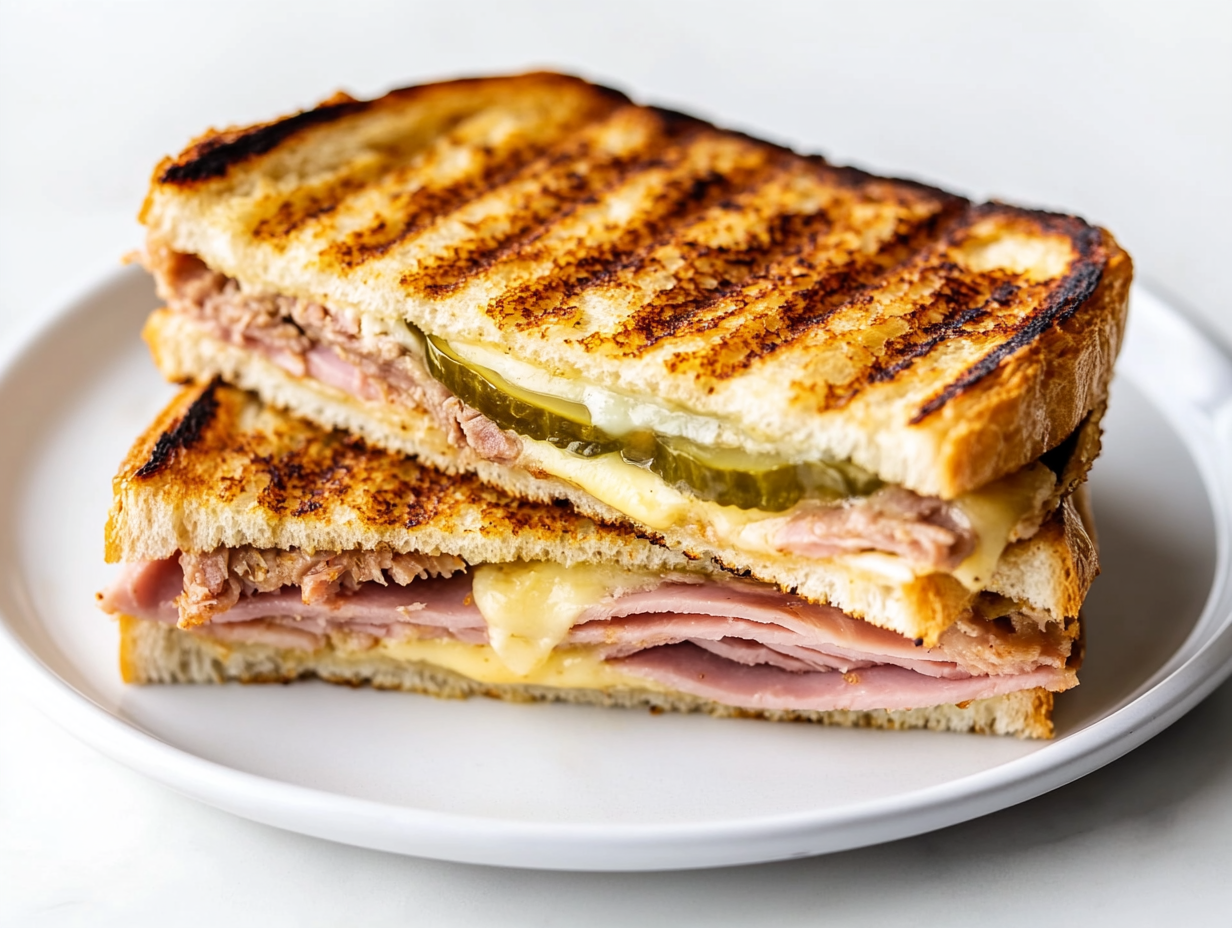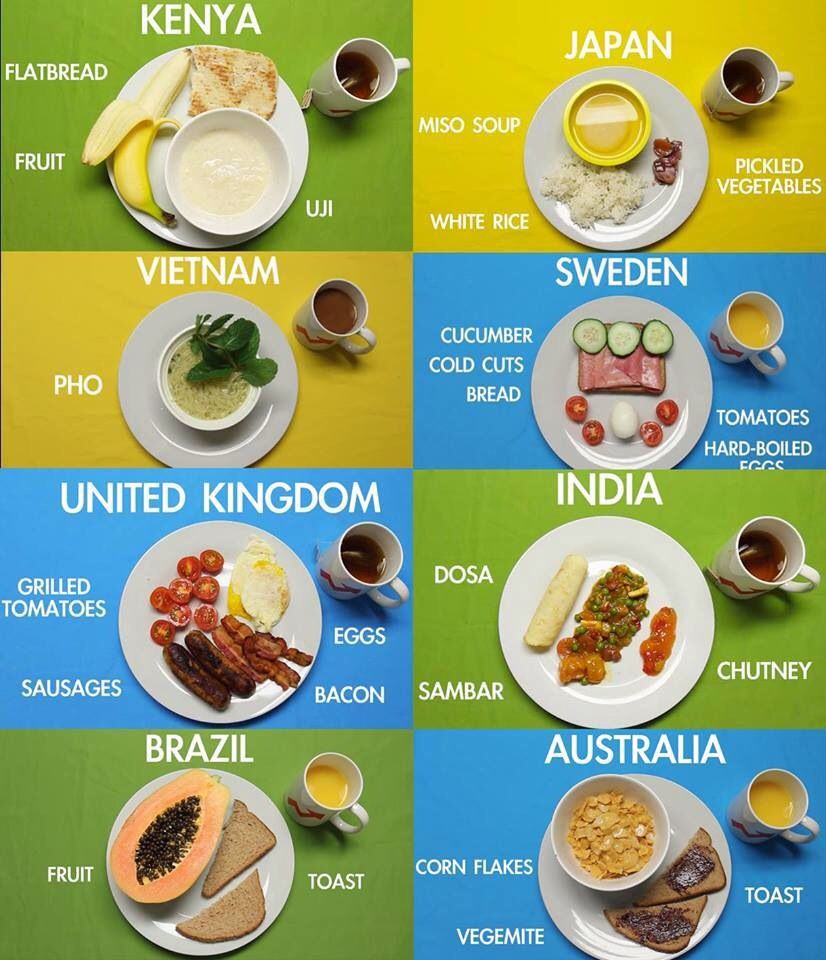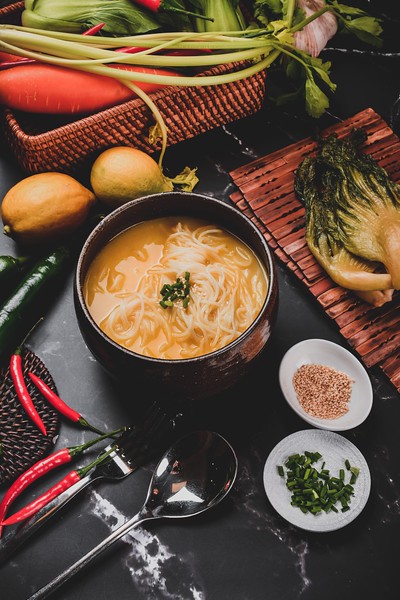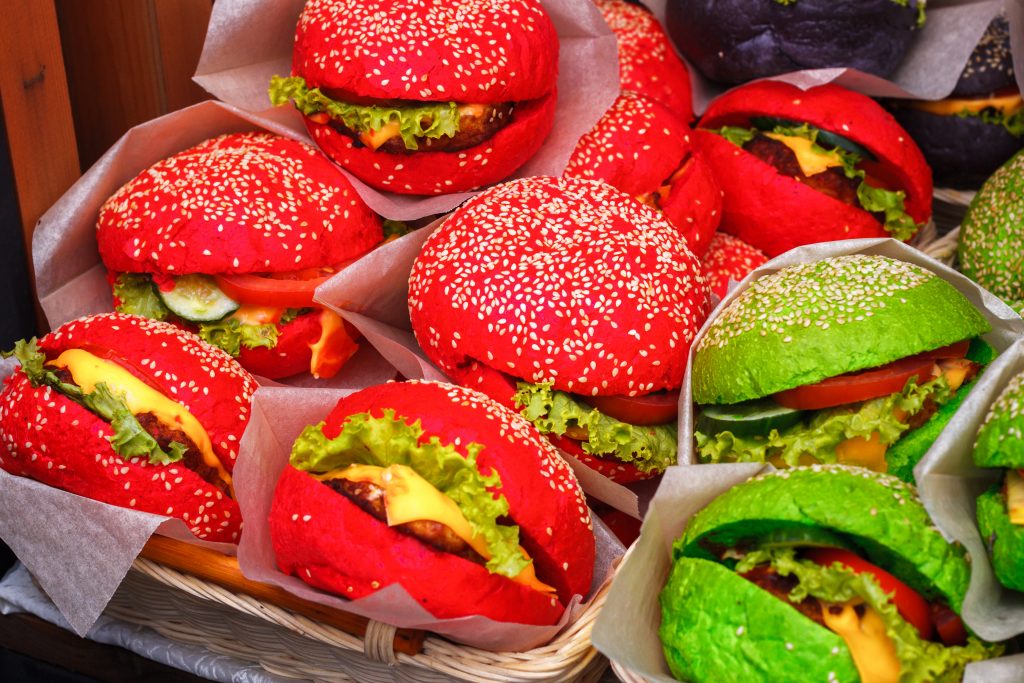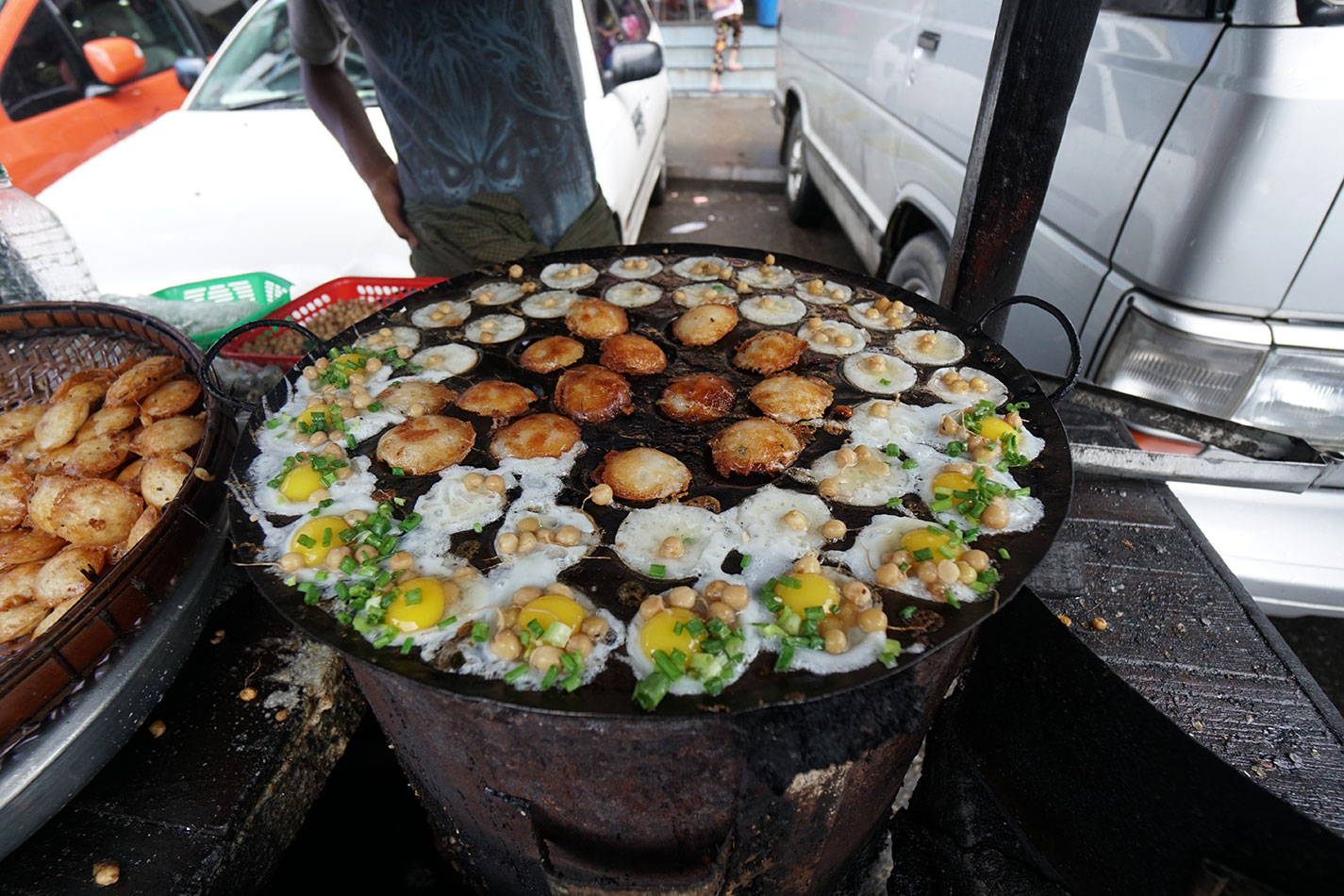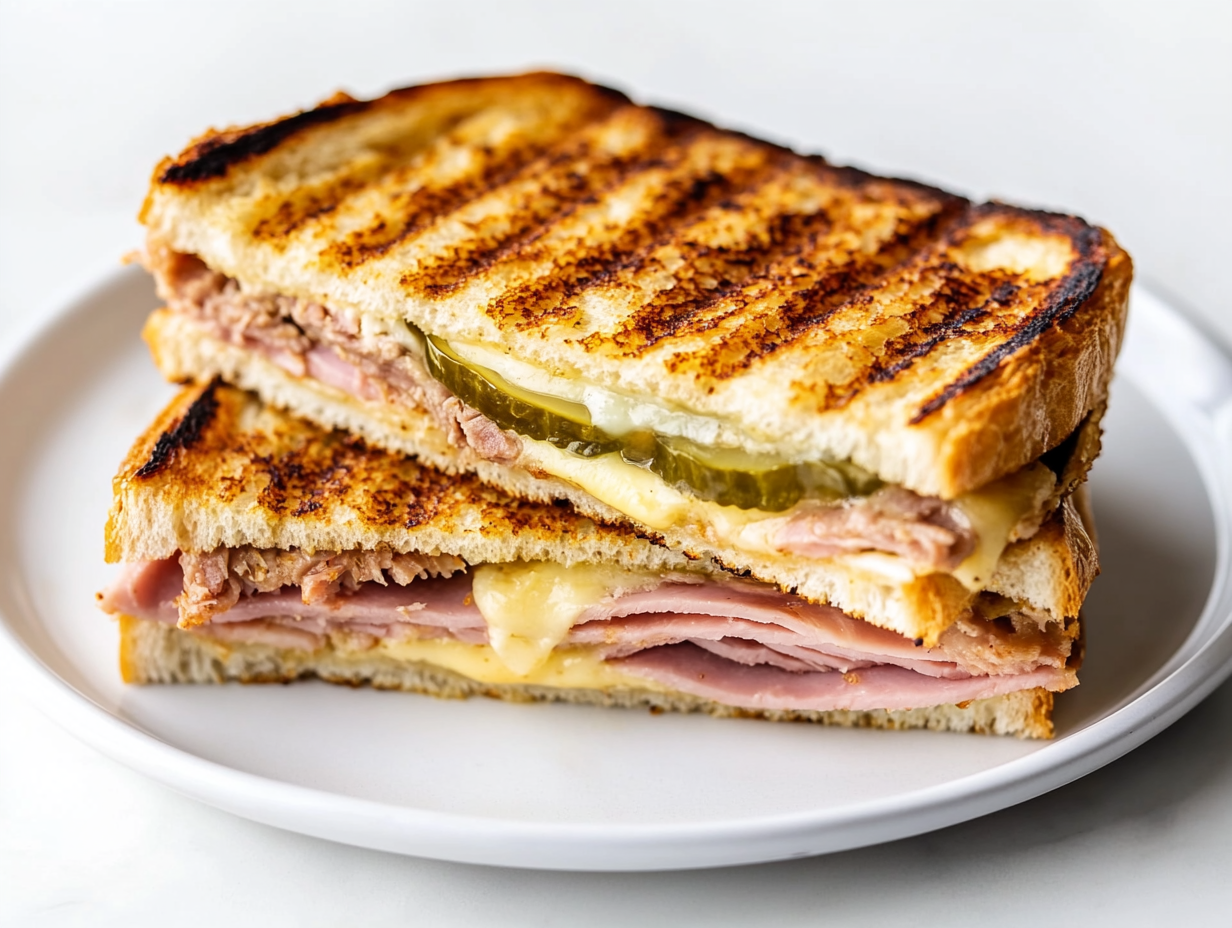
Embark on a Culinary Journey: Your Guide to Authentic Recipes from Around the World
Food is more than just sustenance; it’s a window into the soul of a culture. Through authentic recipes, we can explore traditions, histories, and the unique flavors that define a people. This guide will equip you with the knowledge and tools to confidently navigate the world of authentic recipes, ensuring that your culinary adventures are respectful, delicious, and enriching.
I. What Makes a Recipe "Authentic"?
Defining authenticity in cuisine is a complex and often debated topic. It’s not about adhering to rigid rules, but rather about capturing the essence of a dish as it’s traditionally prepared and enjoyed within its cultural context. Here’s a breakdown of key elements:
- Ingredients: Using ingredients that are indigenous to the region or commonly used in the dish is crucial. This might mean seeking out specific spices, vegetables, or cuts of meat. For example, a truly authentic Pad Thai will require ingredients like tamarind pulp, fish sauce, and dried shrimp.
- Preparation Methods: Authentic recipes often involve specific techniques that have been passed down through generations. These techniques, like using a mortar and pestle for grinding spices in Indian cuisine or slow-cooking a stew in a tagine in Moroccan cuisine, contribute significantly to the dish’s final flavor and texture.
- Cultural Context: Understanding the cultural significance of a dish is vital. Knowing when and why a dish is typically eaten, its role in celebrations or rituals, and the stories behind its creation adds depth and appreciation to the experience.
- Respect and Adaptation: While striving for authenticity, remember that recipes evolve over time and across regions. It’s perfectly acceptable to adapt recipes to your own preferences and available ingredients, but always acknowledge the original source and understand the reasons behind any substitutions.
II. Finding Authentic Recipes: A Treasure Hunt for Culinary Gold
The internet is awash with recipes, but finding genuinely authentic ones requires careful navigation. Here are some reliable sources and strategies:
- Cookbooks by Authors with Cultural Ties: Seek out cookbooks written by chefs, food writers, or individuals who have deep roots in the culture the recipe originates from. These authors are often passionate about preserving culinary traditions and sharing them with respect. Look for authors who grew up cooking the food they are writing about.
- Websites and Blogs Dedicated to Specific Cuisines: Many websites and blogs are dedicated to showcasing authentic recipes from specific countries or regions. Look for sites that emphasize traditional techniques, ingredient sourcing, and cultural context. Read the "About Us" section to gauge the author’s background and expertise.
- Cooking Classes and Workshops: Enrolling in cooking classes taught by chefs or home cooks from the target culture can provide invaluable hands-on experience and insights. This is a great way to learn the proper techniques and ask questions directly.
- Immigrant Communities and Restaurants: Visiting ethnic neighborhoods and trying dishes at authentic restaurants is a great way to experience the real flavors and learn about the cuisine firsthand. Talk to the owners or chefs about their recipes and traditions.
- Academic Research and Ethnographic Studies: For a deeper dive, explore academic research and ethnographic studies that focus on food culture. These resources can provide valuable historical and social context.
- Online Forums and Communities: Join online forums and communities dedicated to specific cuisines. Share your experiences, ask questions, and learn from other enthusiasts. Be mindful of cultural sensitivities and respect diverse opinions.
III. Deciphering and Adapting Recipes: Bridging the Cultural Divide
Once you’ve found a promising recipe, take the time to understand it thoroughly before you start cooking.
- Read the Recipe Carefully: Pay close attention to the ingredients list, preparation steps, and any notes or explanations provided. Look for clues about the intended flavor profile and texture.
- Research Unfamiliar Ingredients: If you encounter ingredients you’ve never used before, research them thoroughly. Understand their flavor profiles, how they are traditionally used, and any potential substitutes.
- Understand the Terminology: Different cultures use different culinary terms. Familiarize yourself with the terminology used in the recipe to avoid confusion. For example, "mirepoix" in French cuisine refers to a blend of diced carrots, celery, and onions.
- Consider Ingredient Substitutions: If you can’t find a specific ingredient, research potential substitutes. Be aware that substitutions may alter the flavor and texture of the dish, so choose carefully and adjust other ingredients accordingly.
- Adjust to Your Taste Preferences: While striving for authenticity, don’t be afraid to adjust the recipe to your own taste preferences. You can adjust the level of spice, sweetness, or acidity to suit your palate.
- Don’t Be Afraid to Experiment: Cooking is a process of experimentation and learning. Don’t be afraid to try new things and adjust the recipe to your liking. Just remember to acknowledge the original source and understand the reasons behind any changes.
IV. Essential Equipment and Techniques: Mastering the Tools of the Trade
Certain cuisines rely on specific equipment and techniques that are essential for achieving authentic results.
- Woks (Chinese Cuisine): A wok is a versatile cooking vessel used in Chinese and other Asian cuisines for stir-frying, steaming, and deep-frying. Its curved shape allows for even heat distribution and efficient cooking.
- Tagines (Moroccan Cuisine): A tagine is a traditional Moroccan earthenware pot with a conical lid. It’s used for slow-cooking stews and braises, resulting in tender and flavorful dishes.
- Mortar and Pestle (Various Cuisines): A mortar and pestle is used for grinding spices, herbs, and other ingredients into a fine powder or paste. This technique releases the aromatic oils and flavors, adding depth and complexity to dishes.
- Tandoor Oven (Indian Cuisine): A tandoor oven is a cylindrical clay oven used in Indian cuisine for baking naan bread, grilling meats, and cooking tandoori dishes.
- Rolling Pin (Various Cuisines): A rolling pin is a fundamental tool for making pasta, pastry, and other dough-based dishes. Different types of rolling pins are used for different purposes, such as a French rolling pin for pastry and a textured rolling pin for pasta.
- Specific Knife Skills: Some cuisines emphasize specific knife skills, such as the julienne cut in French cuisine or the fine mincing of garlic and ginger in Asian cuisines.
V. Diving Deep: Sample Recipes and Cultural Insights
Let’s explore a few authentic recipes from different cultures, along with insights into their cultural significance:
1. Mole Poblano (Mexico):
- Cultural Significance: Mole Poblano is a complex and iconic sauce from Puebla, Mexico. It’s often served during special occasions like weddings, quinceañeras, and Día de Muertos. The sauce is a symbol of Mexican culinary heritage and the blending of indigenous and Spanish influences.
- Ingredients: Dried chilies (ancho, pasilla, mulato), nuts (almonds, peanuts), seeds (sesame, pumpkin), chocolate, spices (cinnamon, cloves, cumin), plantains, onions, garlic, tomatoes, lard or vegetable oil, chicken broth.
- Technique: The chilies are toasted and rehydrated, the nuts and seeds are toasted, and all the ingredients are ground into a paste. The paste is then simmered with chicken broth and chocolate to create a rich and complex sauce.
- Authenticity Tip: Using high-quality Mexican chocolate (like Abuelita) and authentic Mexican chilies is crucial for achieving the true flavor of Mole Poblano.
2. Pho (Vietnam):
- Cultural Significance: Pho is a Vietnamese noodle soup that is considered the national dish. It’s typically eaten for breakfast but can be enjoyed any time of day. Pho is a comforting and flavorful dish that reflects the country’s agricultural heritage and French colonial influences.
- Ingredients: Beef bones, beef shank, rice noodles, onions, ginger, star anise, cloves, cinnamon, fish sauce, rock sugar, bean sprouts, basil, cilantro, lime.
- Technique: The beef bones are simmered for hours to create a rich and flavorful broth. The beef shank is cooked separately and sliced thinly. The rice noodles are cooked and placed in a bowl, topped with the beef, herbs, and broth.
- Authenticity Tip: Using a high-quality beef broth and fresh herbs is essential for achieving the true flavor of Pho. The broth should be clear and fragrant, and the herbs should be vibrant and aromatic.
3. Paella (Spain):
- Cultural Significance: Paella is a rice dish from Valencia, Spain, that is traditionally cooked over an open fire in a large, shallow pan. It’s a social dish that is often shared among family and friends. Paella reflects the region’s agricultural heritage and its proximity to the Mediterranean Sea.
- Ingredients: Bomba rice (or other short-grain rice), chicken, rabbit (optional), saffron, tomatoes, onions, garlic, green beans, white beans, paprika, olive oil, chicken broth.
- Technique: The chicken and rabbit are browned in olive oil, then the vegetables are added and sautéed. The rice is added and toasted, then the broth is poured in and simmered until the rice is cooked. Saffron is added to give the paella its characteristic yellow color.
- Authenticity Tip: Using Bomba rice, saffron, and authentic Spanish paprika is crucial for achieving the true flavor of Paella. The paella should be cooked over medium heat and allowed to develop a socarrat, a crispy crust on the bottom of the pan.
VI. Ethical Considerations: Cooking with Respect and Awareness
When exploring authentic recipes, it’s crucial to approach the process with respect and awareness.
- Acknowledge the Source: Always acknowledge the source of the recipe and give credit to the culture or individual who created it.
- Avoid Cultural Appropriation: Be mindful of cultural appropriation, which is the adoption of elements of a minority culture by members of the dominant culture without understanding or respecting their original meaning. Avoid trivializing or misrepresenting the dish’s cultural significance.
- Support Local Businesses: When possible, purchase ingredients from local ethnic markets or restaurants. This helps support immigrant communities and preserves culinary traditions.
- Educate Yourself: Take the time to learn about the culture the recipe originates from. Understanding the history, traditions, and values of the culture will enrich your cooking experience and deepen your appreciation for the dish.
- Be Open to Learning: Be open to learning from others and accepting that your understanding of a dish may evolve over time.
- Promote Cultural Exchange: Share your experiences and recipes with others in a respectful and informative way. Cooking is a powerful tool for promoting cultural exchange and understanding.
VII. Conclusion: A Journey of Flavor and Discovery
Exploring authentic recipes from different cultures is a rewarding journey that can broaden your culinary horizons and deepen your appreciation for the world’s diverse culinary traditions. By following the guidelines outlined in this guide, you can confidently embark on your own culinary adventures, creating delicious and authentic dishes while respecting the cultures they represent. So, gather your ingredients, sharpen your knives, and prepare to embark on a journey of flavor and discovery!
